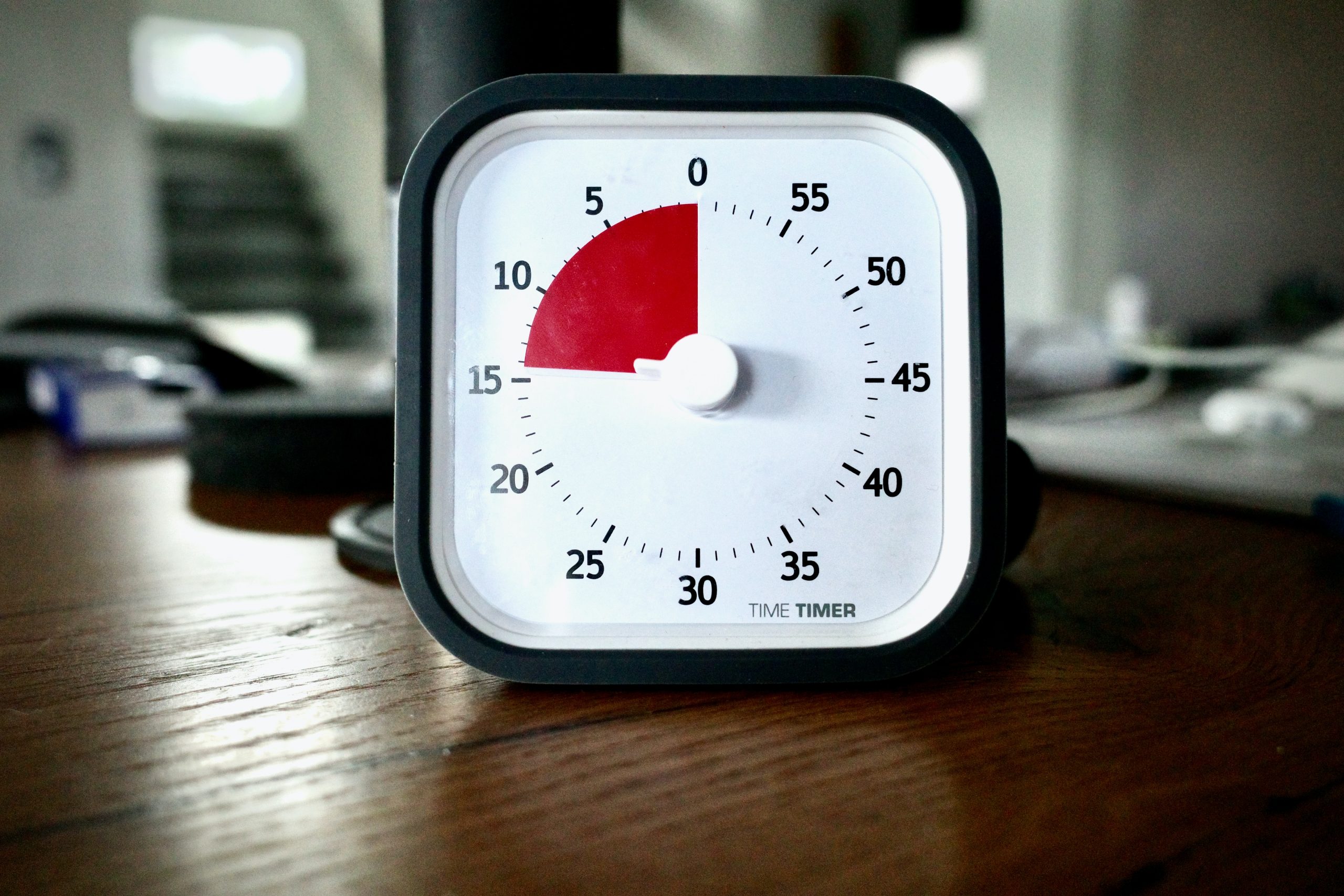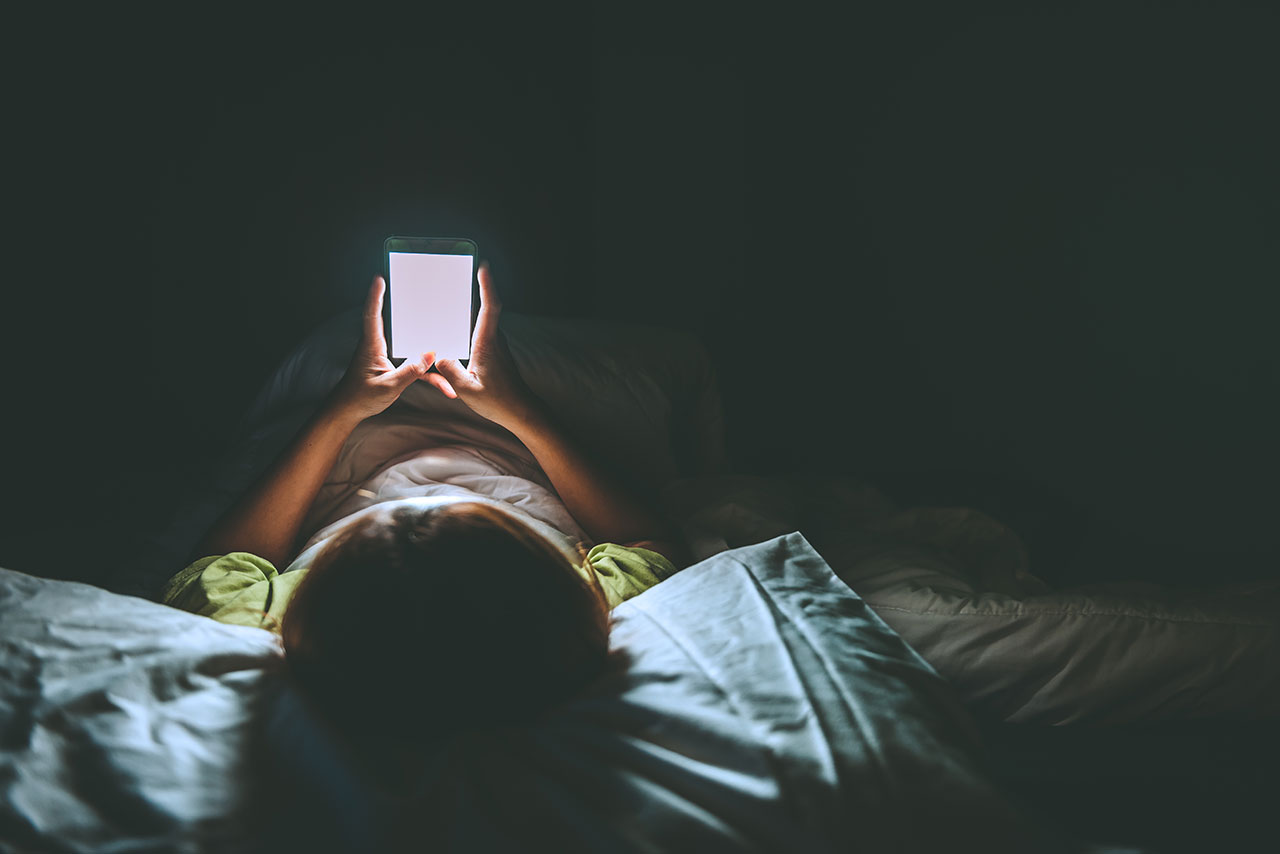Focus is one of the most important skills of the 21st century but it’s becoming much harder to pay attention because our smartphones are always interrupting us.
The consequences of being constantly interrupted by today’s hyper-connected digital lifestyle are a chronic state of anxiety, stress, busyness, and a general sense of restlessness.
But there’s an antidote to this age of digital distraction. That antidote is digital mindfulness, which involves developing smartphone habits that enable you to focus and concentrate for long periods of time by training your attention and minimizing interruptions.
Mindfulness In The Age of Endless Digital Distractions
When Siddhartha Gautama — also known as the Buddha — developed the concept of mindfulness 2,500 years ago I’m sure he never imagined an age like today where we are constantly distracted by technology.
Mindfulness is a term thrown around a lot today so let’s start by defining what it actually is. I like the definition by Jon Kabat-Zinn who stated: “Mindfulness means paying attention in a particular way: on purpose, in the present moment, and non-judgmentally.”
Applied to mindful technology use, digital mindfulness involves developing the structure in your daily routine and smartphone use habits to pay attention to what’s important by eliminating digital distractions and interruptions as much as you can.
Here’s how to get started with applying mindfulness to improve your focus and overall productivity:
1. Start Tracking Your Screen Time

In the last couple of years, big technology companies have begun to acknowledge the danger of smartphone addiction and they have created a number of tools to help you manage your screen time.
Apple has added Screen Time tools to Mac/iOS and Google has created Digital Well-Being tools to help Android users use their mobile devices more mindfully.
2. Try Eliminating All Non-Human Notifications

A great place to start cultivating digital mindfulness is to eliminate all non-human notifications on your smartphone. This returns your phone to its original purpose of communicating with other human beings.
You can do this by going to Settings on your smartphone and choosing Notifications. From the Notifications menu, you can scroll through all your apps that have notifications enabled and eliminate the ones that aren’t from people you know.
3. Put Your Smartphone On Do Not Disturb When You Are Working

One of the best productivity tips is to park your smartphone in another room when you’re working. If that’s too much, then you should consider putting it on Do Not Disturb when you’re working so you’re not unnecessarily interrupted when trying to focus.
A recent study found that just having your smartphone in the room with you — even if it’s on Do Not Disturb or turned off — can lower your productivity.
4. Charge Your Smartphone Outside Your Bedroom

An estimated 50% of Millennials sleep with their smartphone beside them. A more mindful way to improve the quality of your sleep is to eliminate all smartphone use in your bedroom.
You can start by charging your smartphone in another room. This is an easy way to make sure that your sleep isn’t interrupted by the light of the screen or any notifications that come through.
5. Unplug From Your Smartphone At Least An Hour Before Bedtime

There’s been a lot of research in the last few years about the harmfulness of blue light that is emitted from LED screens. Blue light tricks your brain into thinking it is the middle of the day.
Exposure to blue light after dark has been shown to block melatonin release, which makes it harder to fall asleep. Research also suggests that blue light exposure negatively affects your circadian rhythm, reducing the quality of your sleep by decreasing your time in the state of deep sleep.
6. Try A Weekly Digital Sabbath For A Month

Back in the day, people used to set aside a day each week to spend quality time with each other. Why not do it today as well? A digital sabbath means having one day per week where you unplug and just spend time doing things with your family and friends.
Try setting aside one day per week for a digital sabbath for an entire month and see how it makes you feel. If the idea of leaving your smartphone at home and not checking it for an entire day is too much, try avoiding it from dawn to dusk.
7. Take A Digital Detox Retreat Once A Year

A great way to reset and recharge is to unplug yourself completely from technology for a weekend (or a weeklong retreat if you’re really brave!).
There’s a growing movement of digital detox retreats for those who want to unplug and reconnect technology-free with themselves and others. Enjoying a bonfire under the glittering lights of the milky way or spending quality time immersed in nature can be a life-changing experience.
- How The Muse S Athena Works For EEG And fNIRS Neurofeedback - April 24, 2025
- The 10 Best Pomodoro Timer Apps For Remote Workers - April 11, 2025
- Hacking The Flow Cycle: Brainwaves, Creativity and Flow States - April 11, 2025





 This website uses cookies to improve your web experience.
This website uses cookies to improve your web experience.